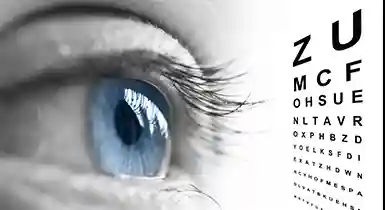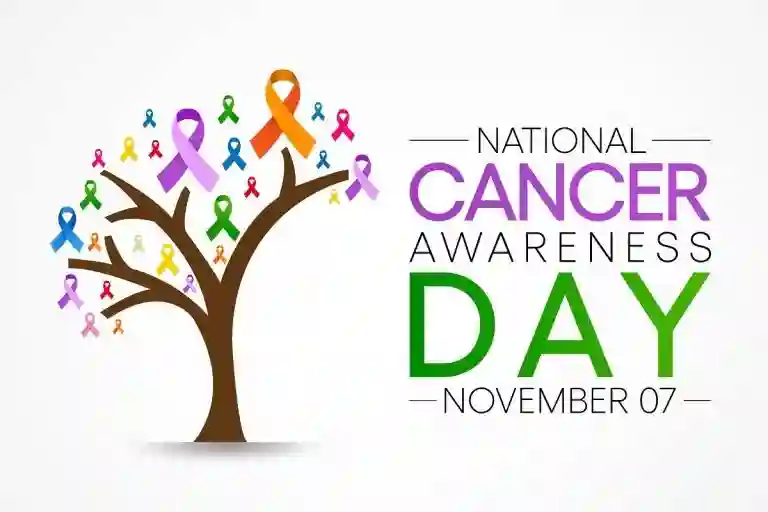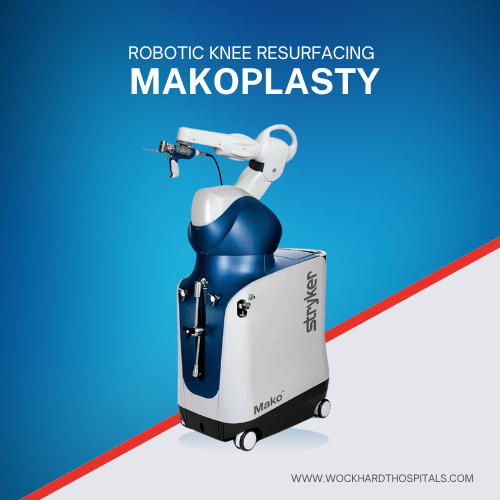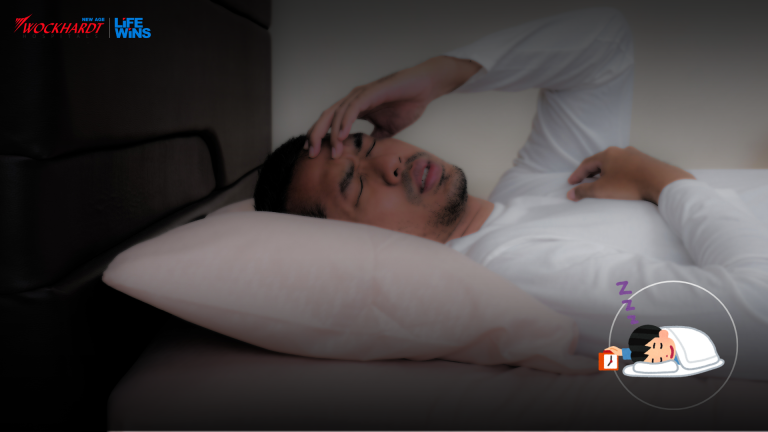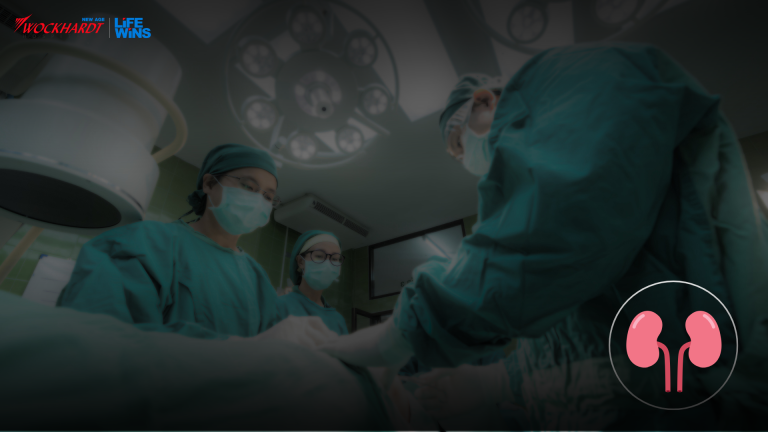This year the ‘Call to Action’ for World Sight Day is “Stronger Together”.
This year it falls on Thursday 10th October. This day is celebrated to create awareness about vision impairment; blindness as well as sight-related problems. World Sight Day highlights the importance of good vision for all people.
According to World Health Organization (WHO) estimates, approximately 285 million people worldwide suffer from low vision and blindness. Of these, 39 million are blind and 246 million have moderate or severe visual impairment. The major causes of visual impairment are uncorrected refractive errors (43%) and cataract (33%).
Some Common Eye Conditions:
Eyestrain:
- Eyestrain is discomfort due to an uncorrected refractive problem.
- Eyestrain quickly goes away due to refractive problems
- Prolonged focusing can lead to eyestrain, such as working at the computer for hours.
- Prescription glasses maybe required
- Eye exercises or resting the eyes every 30 minutes helps relieve eyestrain, especially when working with computers.
Glaucoma:
- This condition develops when there is too much fluid pressure inside the eye.
- Glaucoma occurs when the normal flow of the watery fluid cannot drain properly. If not treated early, this can lead to permanent vision loss and blindness.
- Glaucoma is less commonly caused by other factors such as injury to the eye, severe eye infection, blockage of blood vessels or inflammatory disorders of the eye.
- Treatment may include prescription eye drops, oral medications or surgery.
- The increased pressure, called intraocular pressure, can damage the optic nerve, which transmits images to your brain. If the damage continues, glaucoma can lead to permanent vision loss.
Risk Factors Associated with Glaucoma:
- Are over 40
- Have a family history of glaucoma
- Have poor vision
- Have diabetes
- Take certain steroid medications, like prednisone
- Have had trauma to the eye or eyes
Signs and Symptoms of Glaucoma:
Loss of peripheral, or side, vision, sudden eye pain, headache, blurred vision, or the appearance of halos around lights.
Macular Degeneration:
Because the symptoms usually do not appear in people under 55 years of age, the disorder is often referred to as age-related macular degeneration. Over 65, macular degeneration may already affect your central vision the vision you need for reading and close work like sewing. The disorder occurs in two forms, dry and wet. The Any delay in treatment may result in loss of your central vision.
Night Blindness:
Night blindness occurs when you have difficulty seeing in dim light. There are many different forms of night blindness, but it may be linked to liver disorder, vitamin A deficiency, inherited disease of the retina, such as retinitis pigmentosa.
Retinal Disorders:
The retina is a thin lining on the back of the eye made up of cells that collect visual images and pass them on to the brain.
Retinal disorders interrupt this transfer of images. They include age-related macular degeneration, diabetic retinopathy and retinal detachment.
Early diagnosis and treatment of these conditions is important to maintain vision.
Cataract:
A cataract is a clouding of the normally clear lens of your eye.
Most cataracts develop slowly and don’t disturb eyesight early on. But with time, cataracts will eventually interfere with your vision.
Signs and Symptoms of Cataracts Include:
- Clouded, blurred or dim vision
- Increasing difficulty with vision at night
- Sensitivity to light and glare
- Need for brighter light for reading and other activities
- Seeing “halos” around lights
- Frequent changes in eyeglass or contact lens prescription
- Fading or yellowing of colours
- Double vision in a single eye
- Eye glasses can help you deal with cataracts. But if impaired vision interferes with usual activities cataract surgery may be treatment of choice. Fortunately, cataract surgery is generally a safe, effective procedure.
Refractive Errors:
Refractive errors occur when the shape of the eye prevents light from focusing directly on the retina.
The most common types of refractive errors are myopia, hyperopia, presbyopia, and astigmatism.
- Myopia (near-sightedness) is a condition where objects up close appear clearly, while objects far away appear blurry.
- Hyperopia (farsightedness) is a common type of refractive error where distant objects may be seen more clearly than objects that are near.
- Astigmatism is a condition in which the eye does not focus light evenly onto the retina, the light-sensitive tissue at the back of the eye
- Presbyopia is an age-related condition in which the ability to focus up close becomes more difficult.
Eyeglasses or contact lenses are the simplest and safest way to correct refractive errors. Your eye care professional can prescribe appropriate lenses to correct your refractive error and give you optimal vision. Refractive Surgery aims to change the shape of the cornea permanently.
Colour Blindness:
Colour blindness, also known as colour vision deficiency, is the decreased ability to see colour or differences in colour. The most common cause of colour blindness is an inherited fault in the development of one or more of the three sets of colour sensing cones in the eye.
Diagnosis is done by the test consists of a number of coloured plates, called Ishihara plates, each of which contains a circle of dots appearing randomized in colour and size.
Eye Infections:
Eye infections occur when harmful microorganism’s bacteria, fungi and viruses that invade any part of the eyeball or surrounding area. This includes the clear front surface of the eye (cornea) and the thin, moist membrane lining the outer eye and inner eyelids (conjunctiva).
Other infection can include a stye or chalazion. When infection invades the eye’s tear glands, inflammatory conditions such as dacryostenosis and uveitis can result.
Common Symptoms Include:
- Pain, itching, or sensation of a foreign body in the eye.
- photosensitivity (aversion to bright light)
- Redness or small red lines in the white of the eye.
- Discharge of yellow pus that may be crusty on waking up – a possible sign of bacterial infection.
- Tearing
Tips of Eye Care:
- Eat Healthy foods to prevent nutritional decencies
- Quit Smoking
- Wear Sunglasses
- Use Safety Eyewear
- Look Away From the Computer Screen to prevent eye strain
For more information on eye conditions contact our Ophthalmology department at Wockhardt Hospital.
About Wockhardt Hospitals:
A 50-year-old legacy and tradition of caring is what Wockhardt Hospital stands on. Wockhardt Hospitals has been proactive in bringing innovative nurturing for better health. Wockhardt Hospitals has become a leading health service provider with its strong presence in the western parts of the country i.e. Mumbai, Nagpur Rajkot, Nasik and Surat. This group of 8 hospitals fulfils the need of the community in its chosen field of super specialty like Cardiology, Orthopaedics, Neurology, Gastroenterology, Urology, Aesthetics and Minimal Access Surgery.
Our Ophthalmology department Ophthalmology conducts Overall Eye Assessment Procedures and diagnosis the conditions like Cataract, Contact lens clinic, retinal disorders, Glaucoma clinic, Squint & Paediatric ophthalmology. Depending on the various diagnostic modalities, surgical interventions are planned for various ophthalmic cases.
Wockhardt Hospitals has state-of-the-art infrastructure. Our prime objective is patient safety and quality of care at all levels. The guiding philosophy is to serve and enrich the Quality of Life of patients and to make life win.
Wockhardt Hospitals follow process driven quality systems that adhere to international standards of clinical care, safe environment, infection control and respect for patient rights & privacy. Many of the Wockhardt group of hospitals has accreditation of the NABH (National Accreditation Board of Hospitals &Healthcare), the highest and the most stringent quality standards institution in India and the National authority in healthcare accreditation. To achieve high degree of clinical excellence, we have entered into strategic alliances with Partners Medical International, USA, whereby Wockhardt Hospitals has access to Harvard’s expertise and experience in the fields of surgery and other Medicare services. Wockhardt group of hospitals in India is a preferred destination for patients from Europe, USA, Africa, Middle East and South Asia.
